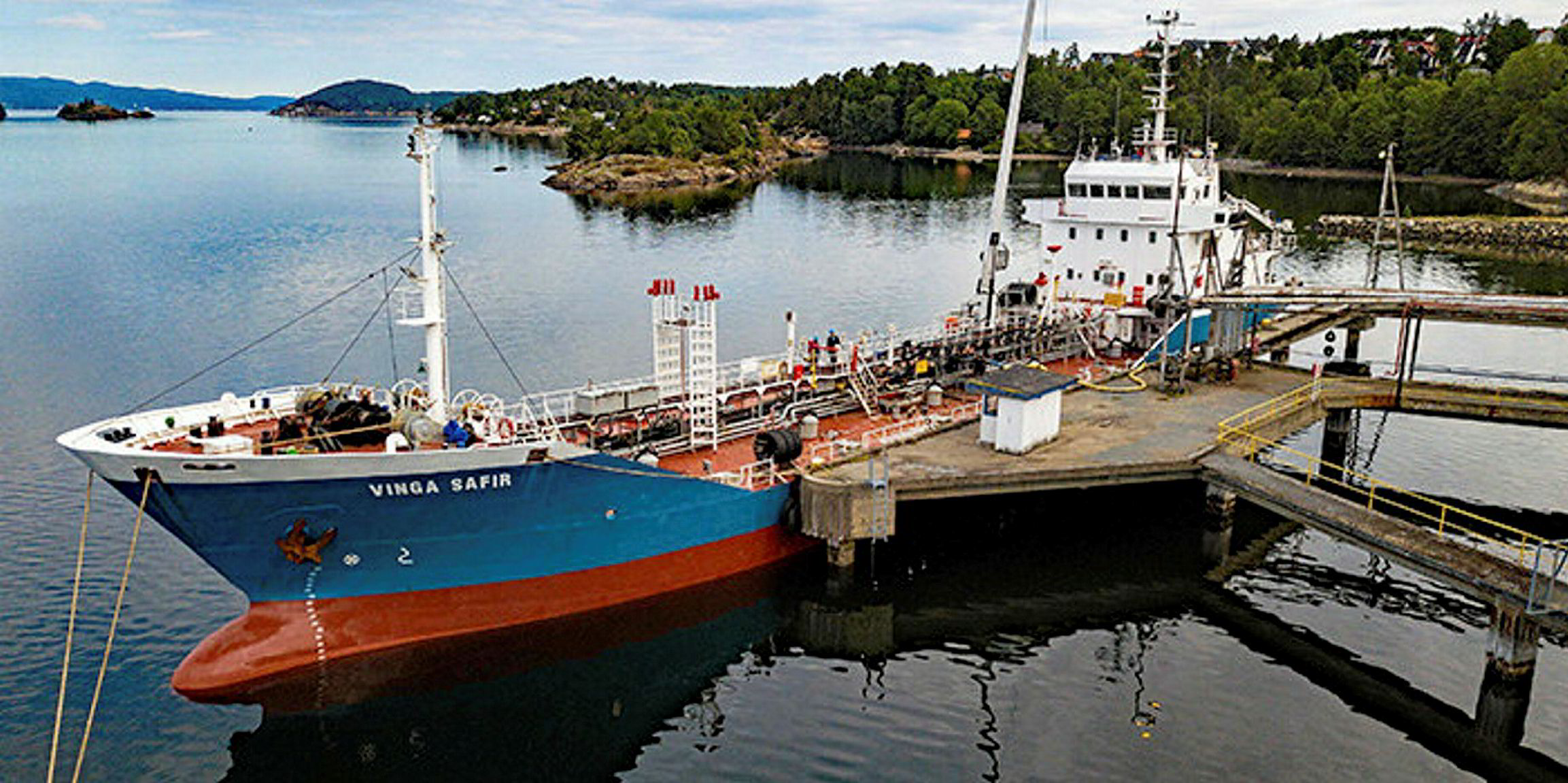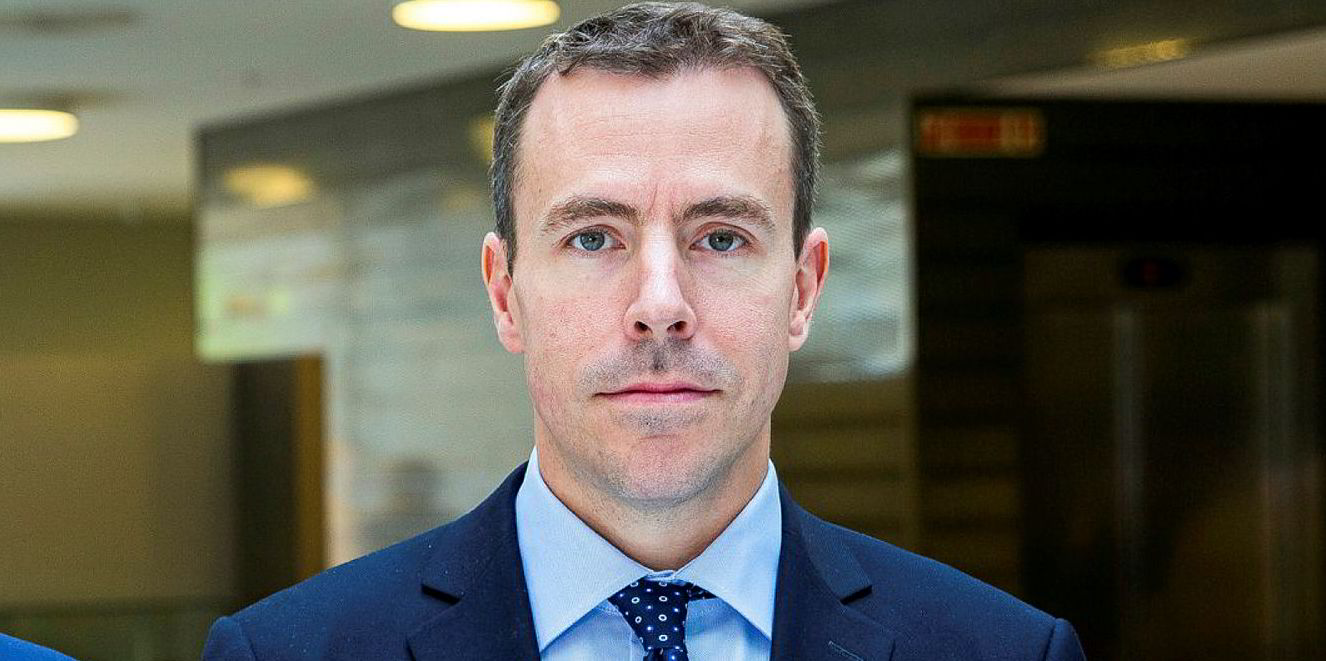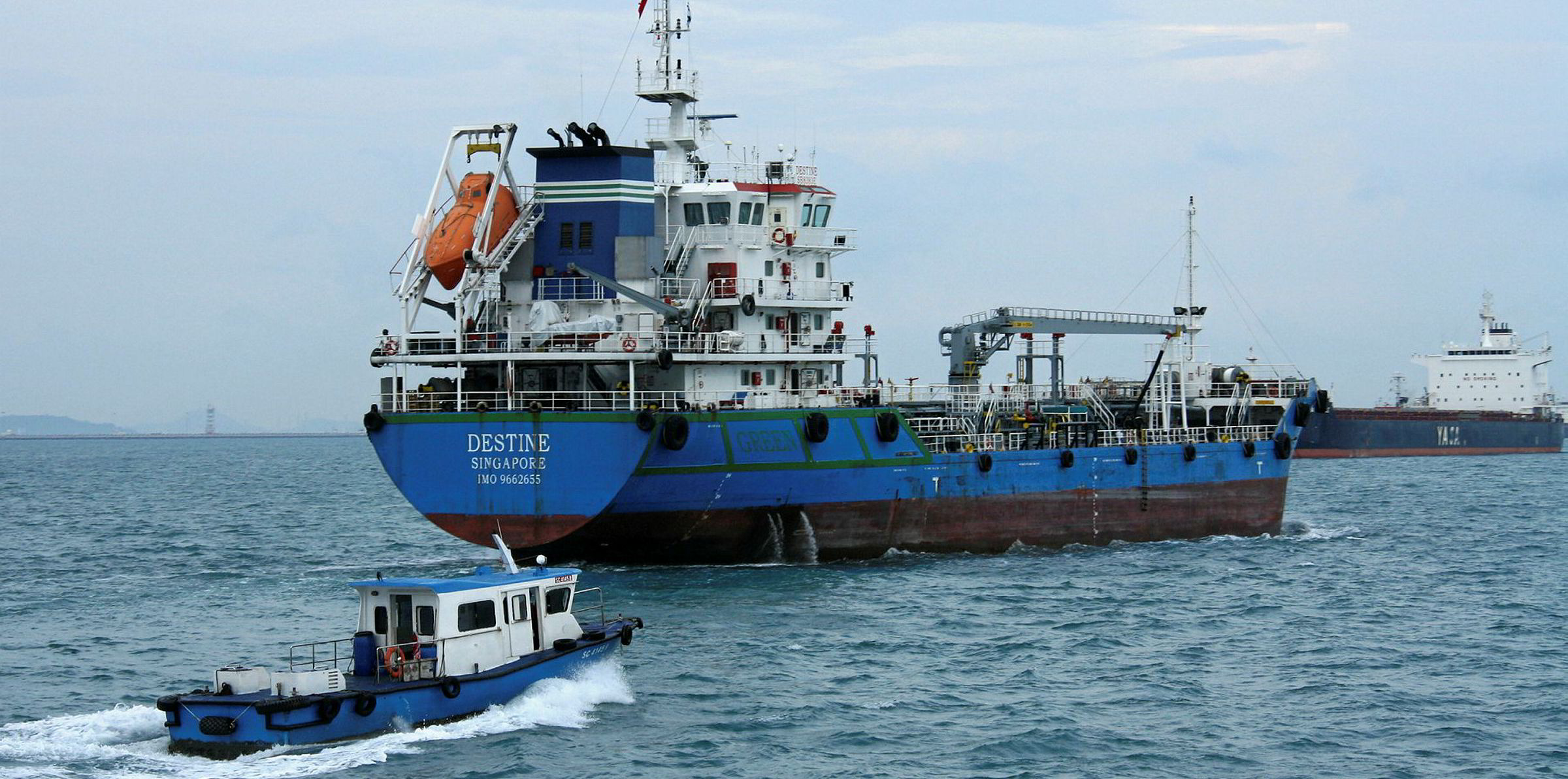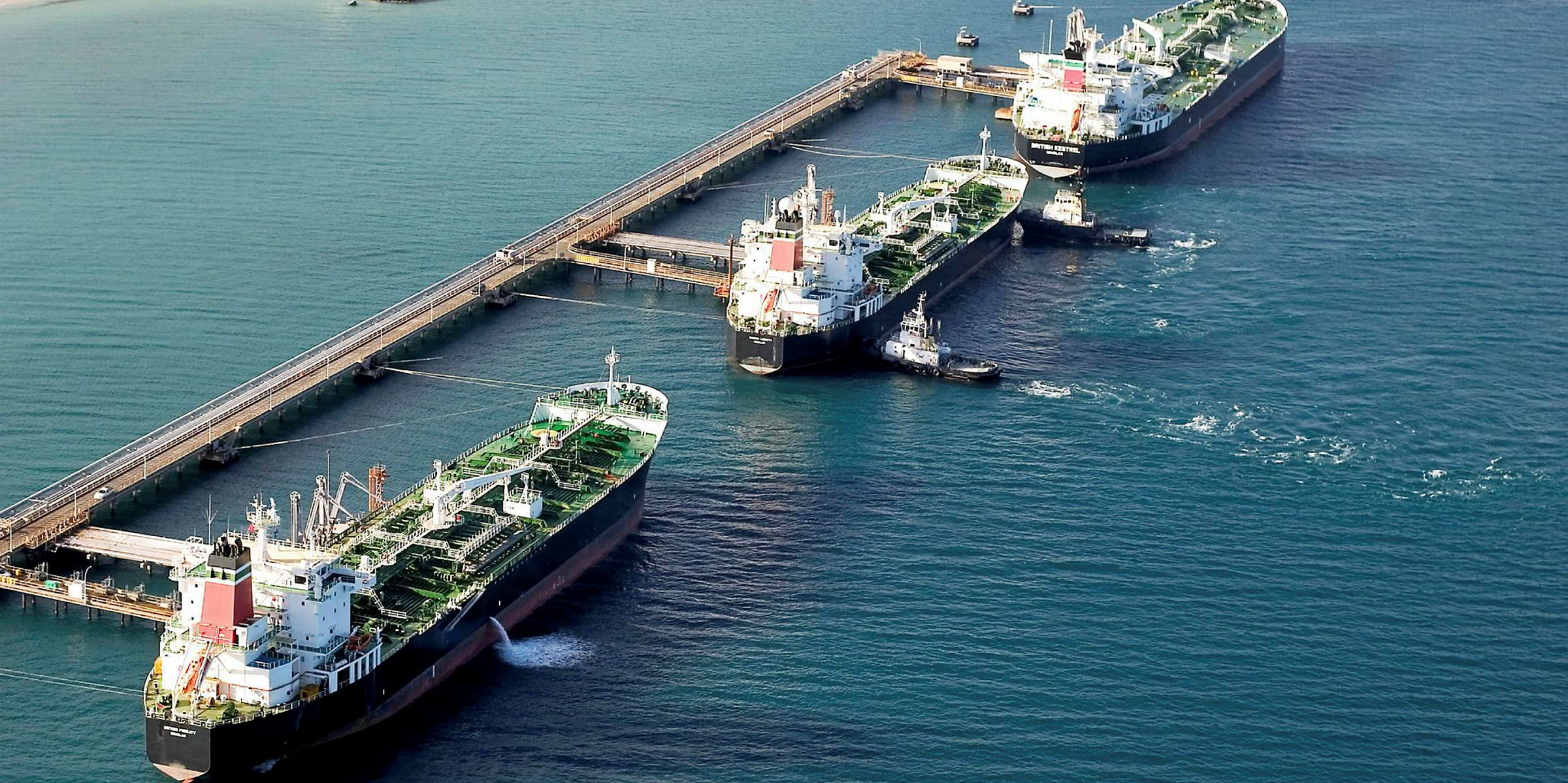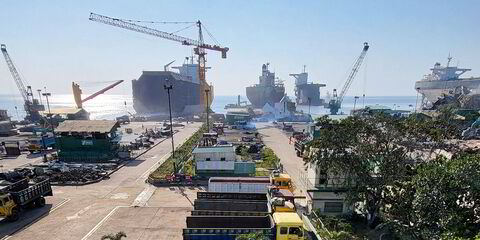Shipowners are keen to buy bunker fuel to meet their needs in the coming months via physical or derivative trading, according to market participants.
The price war among oil producers has resulted in a weak, yet volatile bunker market, providing incentives for buyers of marine fuel to lock in supplies at low prices.
“As crude oil prices have now reached a point that many buyers never experienced in their working life, there is more interest in locking in bunker exposure, no matter if you are an owner, operator or charterer,” bunker supplier Monjasa chief operating officer Svend Stenberg Molholt told TradeWinds.
“Anyone who has a cost that fluctuates with the crude oil price appears interested in taking advantage of this.”
Cockett Group chief executive Cem Saral said: “We are seeing an increased demand from our customers for longer period contracts to benefit from low oil and marine fuel prices over the last three weeks.”
Euronav’s advantage
Since Saudi Arabia and some Opec members launched the price war in early March, international benchmark crude prices have fallen by about 40% on oversupply fears.
According to Ship & Bunker, the global average price of very low-sulphur fuel oil (VLSFO) has fallen by 34.5% in that time span, marine gasoil (MGO) has dropped 21.5% and high-sulphur fuel oil (HSFO) is down by 21.9%.
The most straightforward way for shipowners to take advantage of the development is to buy large quantities of fuel and store the cargo.
Euronav, which has been storing IMO 2020-compliant fuel on its 441,561-dwt ULCC Oceania (built 2003) since last year, said it may restock with cheap bunkers.
However, most shipowners do not operate storage facilities. They are showing more interest in signing Fixed Forward Price (FFP) agreements instead to cover their fuel needs in the next three to six months, according to bunker suppliers.
“We see opportunities and availability chiefly in hub ports…for predominantly VLSFO and MGO,” Saral said.
Alternatively, shipowners can purchase marine fuel at differentials to benchmark prices published by price reporting agencies like Argus Media and S&P Global Platts, if they forecast bunker prices will fall more.
“Floating contracts…protect against fluctuations in physical delivery premiums, but not the general market risk of the crude oil price changes,” Molholt said.
Buoyant derivative trading
Some shipowners have opted to lock in low fuel prices in derivative trading. Entering the paper market can be a good option if one cannot obtain favourable pricings or want to maintain flexibility, a Danish owner said.
“You can buy whatever you want, it’s about the premiums they will charge you on FFP agreements,” the owner said. “Right now, it seems expensive.
“Paper is more liquid and less messy when you, for some reason, can’t pick up the fuel you signed up for.”
Data from Freight Investor Services (FIS) shows strong healthy trading volumes in HSFO contracts for Singapore and Rotterdam delivery in the coming quarters, while the markets for VLSFO contracts are also developing.
“We are seeing increased volumes from owners to hedge their exposure at these lower levels,” FIS fuel oil futures broker Chris Hudson said.
“VLSFO has developed and now has a decent enough market for Singapore 0.5% and Rotterdam 0.5% contracts.”
According to Hudson, a new type of derivative product on the spread between HSFO and VLSFO — named “Hi5” — is also emerging, with a few hundred outright contracts for Rotterdam and Singapore, each covering the periods until December 2021.
“This market has been trading since the start of 2019 and has given speculators and hedgers the ability to trade that specific exposure,” Hudson said.
